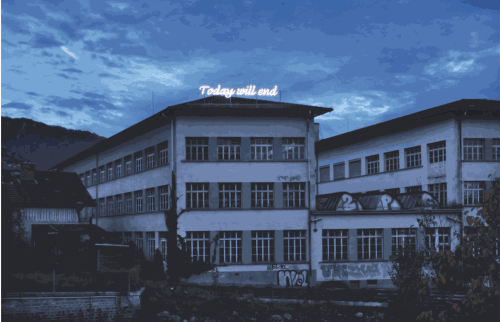Shilpa Gupta lives and works in Mumbai, India, where she studied sculpture at the Sir J.J. School of Fine Arts (1992-1997). Her work has been shown in leading institutions such as Tate Modern, MoMA, the Centre Pompidou, the Mori Art Museum, the Solomon R. Guggenheim Museum and, closer home, the Kiran Nadar Museum of Art and Devi Art Foundation.
Among the first batch of Indian contemporary artists to adopt New Media as their métier, Gupta’s work is multifaceted and often interactive; utilizes sculpture, installation, text and photography; and displays a mastery of audio and visual technologies.
She has often spoken about the impact of the 1992 communal riots in Mumbai being a formative experience, which is evident in her preoccupation with ideas of movement, borders, surveillance, mass psychology and the Other. While her works exhibit tremendous aesthetic diversity, she firmed up her artistic idiom early, at the age of 24 with Aar Paar, a public art exchange between India and Pakistan that she facilitated with Pakistani artist Huma Mulji.
Even as the pandemic caused four of her international solos to be postponed, Gupta’s first mid-career survey exhibition Today Will End is ongoing at the Museum of Contemporary Art in Antwerp. Curated by Nav Haq, the exhibition brings together several key works for the first time in her 20-year practice.

